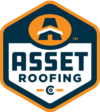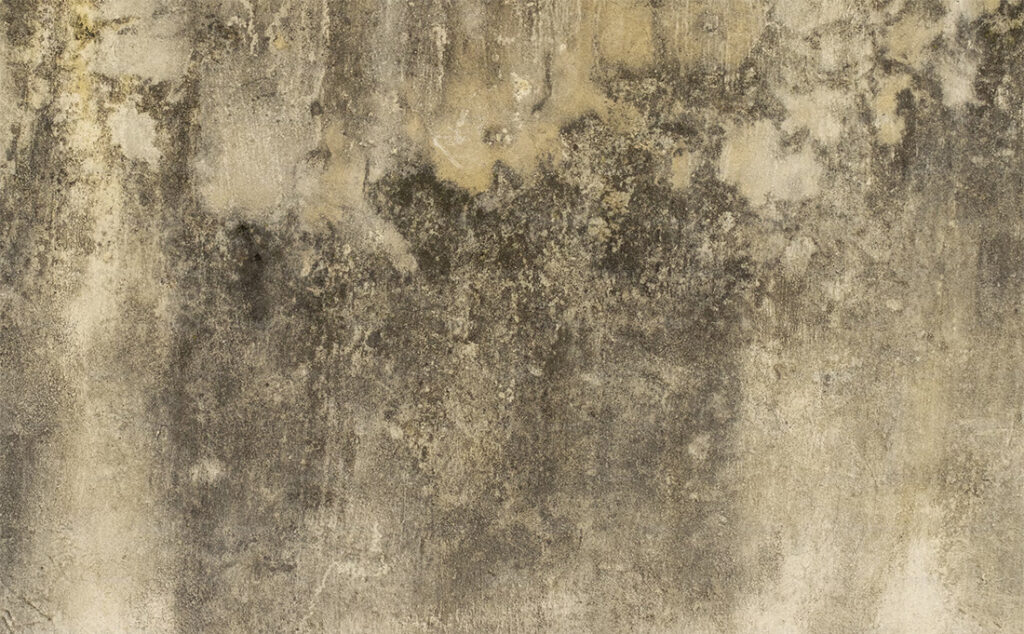Mold is more than just an unsightly nuisance in your home; it’s a health hazard that can have severe consequences for you and your family.
Molds produce allergens, irritants, and, in some cases, potentially toxic substances known as mycotoxins. These can lead to a range of health issues, from mild respiratory problems to severe allergic reactions and even neurological damage.
Understanding the dangers of mold and knowing how to effectively prevent and remove it is crucial for maintaining a safe and healthy living environment.
Where Can You Find Mold in a House?
Mold thrives in damp, humid environments and can be found in various parts of your home, often hidden from plain sight. Here are some common areas where mold might be lurking:
Walls: Mold can grow on walls, especially in areas with poor ventilation and high moisture levels, such as bathrooms and kitchens. Leaky pipes or windows can also create the perfect breeding ground for mold behind walls, which can go unnoticed until it becomes a significant problem.
Ceilings: Ceilings, particularly in rooms like the bathroom and basement, are susceptible to mold growth due to rising moisture. Water damage from a leaky roof can lead to mold colonies forming in the ceiling, eventually spreading throughout the home.
Roof: The roof is a critical area where mold can develop, particularly if there are leaks or poor ventilation. Mold on the roof can compromise the structural integrity of your home and lead to costly repairs if not addressed promptly.
Exterior Walls: Mold can also be found on your home’s exterior walls, especially in shaded areas that remain damp for extended periods. This can not only affect the appearance of your home but also lead to structural damage over time.
Where Does Mold Come From?
Mold spores are everywhere, both indoors and outdoors. They can enter your home through windows, doors, and vents, or be carried in on clothing and pets. Once inside, mold spores need moisture to grow and multiply. Common sources of moisture that contribute to mold growth include:
- Leaky roofs, windows, or pipes
- Flooding
- High humidity levels
- Poor ventilation
- Condensation
Negative Effects of Mold
The presence of mold in your home can have numerous adverse effects on your health and well-being, as well as the structural integrity of your home:
Health Problems
Mold exposure can lead to various health issues, particularly for individuals with allergies, asthma, or weakened immune systems. Common symptoms include sneezing and coughing, runny or stuffy nose, red, itchy eyes, and throat irritation.
In severe cases, mold exposure can cause more serious health problems such as:
- Asthma attacks
- Chronic lung conditions
- Respiratory infections
- Neurological issues from mycotoxin exposure
Structural Damage
Mold can cause significant damage to your home’s structure. It can weaken walls, ceilings, and floors, leading to costly repairs and potential safety hazards. Mold can also damage insulation, drywall, and other building materials, reducing your home’s overall integrity and value.
How to Prevent Mold Growth
Preventing mold growth is essential to maintaining a healthy home environment. Here are some tips to keep mold at bay, with a focus on roofing maintenance:
Maintain Your Roof
A well-maintained roof is your first line of defense against mold. Regularly inspect your roof for any signs of damage, such as missing or broken shingles, and repair any leaks promptly. Ensure that your roof has adequate ventilation to prevent moisture buildup, and clean your gutters regularly to avoid water accumulation.
Control Humidity Levels
Keep indoor humidity levels below 60% by using dehumidifiers, air conditioners, and exhaust fans in high-moisture areas like bathrooms and kitchens. Vent appliances that produce moisture, such as dryers, to the outside.
Improve Ventilation
Proper ventilation is crucial for preventing mold growth. Ensure that your home has adequate airflow by using fans, opening windows, and installing ventilation systems where necessary. This helps to reduce moisture levels and prevent mold from taking hold.
Fix Leaks Immediately
Promptly repair any leaks in your roof, windows, or pipes to prevent water from seeping into walls, ceilings, and floors. Even small leaks can create the perfect conditions for mold growth if left unaddressed.
Keep Your Home Mold-free With Asset Roofing
Mold is a serious issue that requires immediate attention to protect your health and home. If you suspect mold infestation on your roof or ceilings, don’t wait for the problem to worsen. Consult Asset Roofing Company for expert mold remediation services. Our team offers comprehensive roof cleaning and repair solutions to eliminate mold and prevent future growth.
Contact us today to ensure your home remains safe, healthy, and mold-free.


